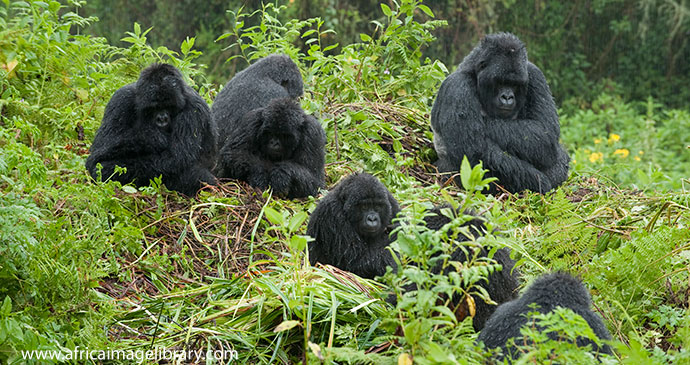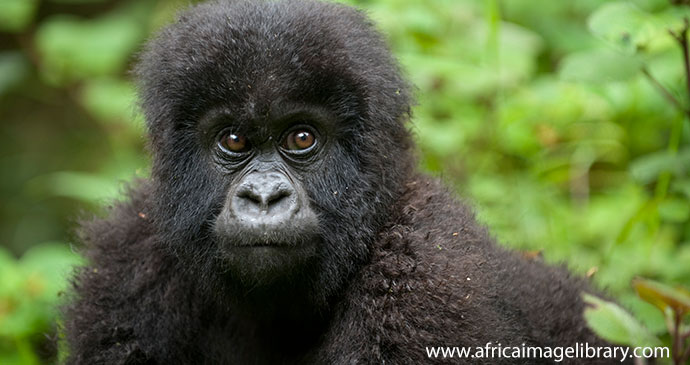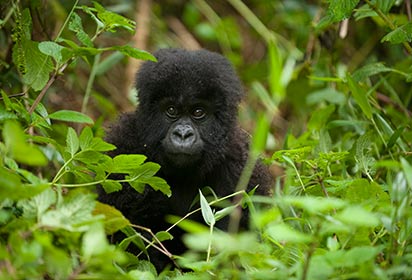Written by Philip Briggs
Any concern about the fate of a few gorillas might seem misplaced in the context of a genocide that claimed a million human lives. But it is these self-same gorillas which have allowed Rwanda to rebuild the lucrative tourist industry that was shattered by the war. Gorilla tracking resumed on a permanent basis in July 1999, and Volcanoes National Park has remained open ever since, a period during which the volume of permits sold annually has increased more than tenfold. Mostly, it’s the gorillas that bring tourists to Rwanda, but once there they will usually spend money in other parts of the country, providing foreign revenue and creating employment beyond the immediate vicinity of Volcanoes National Park.

There are those who query the wisdom of habituating gorillas for tourist visits. One area of concern is health, with humans and gorillas being sufficiently close genetically for there to be a real risk of passing a viral or bacterial infection to a habituated gorilla, which might in turn infect other members of its group, potentially resulting in all their deaths should they have no resistance to the infection. Another concern is that habituating gorillas to humans increases their vulnerability to poachers, a theory backed up by the fact that most mountain gorillas poached since the mid 1990s belonged to habituated troops.
Given the above, a reasonable response might be to query the wisdom of habituating gorillas in the first place. The problem facing conservationists is that gorillas cannot be conserved in a vacuum. The park generated more than US$16 million in 2016 and, at current prices, the Rwandan authorities can potentially earn US$144,000 daily in tracking permits alone, much of which is pumped back into the protection and management of the Volcanoes Park or distributed to local communities bordering the park. There are also the broader benefits of job creation through tourism in and around the Virungas. And even in terms of pure conservation, habituation has many positive effects, allowing researchers and rangers to monitor the gorillas on a daily basis, and to intervene when one of them is ill, injured or in a snare.

Put crudely, while tourism is probably integral to the survival of the mountain gorilla, the survival of the mountain gorilla is certainly integral to the growth of Rwanda’s tourist industry. Ultimately, it’s a symbiotic situation that motivates a far greater number of people to take an active interest in the fate of the gorillas than would be the case if gorilla tourism were to be curtailed.
For more on gorilla tourism, discover our comprehensive guide:

